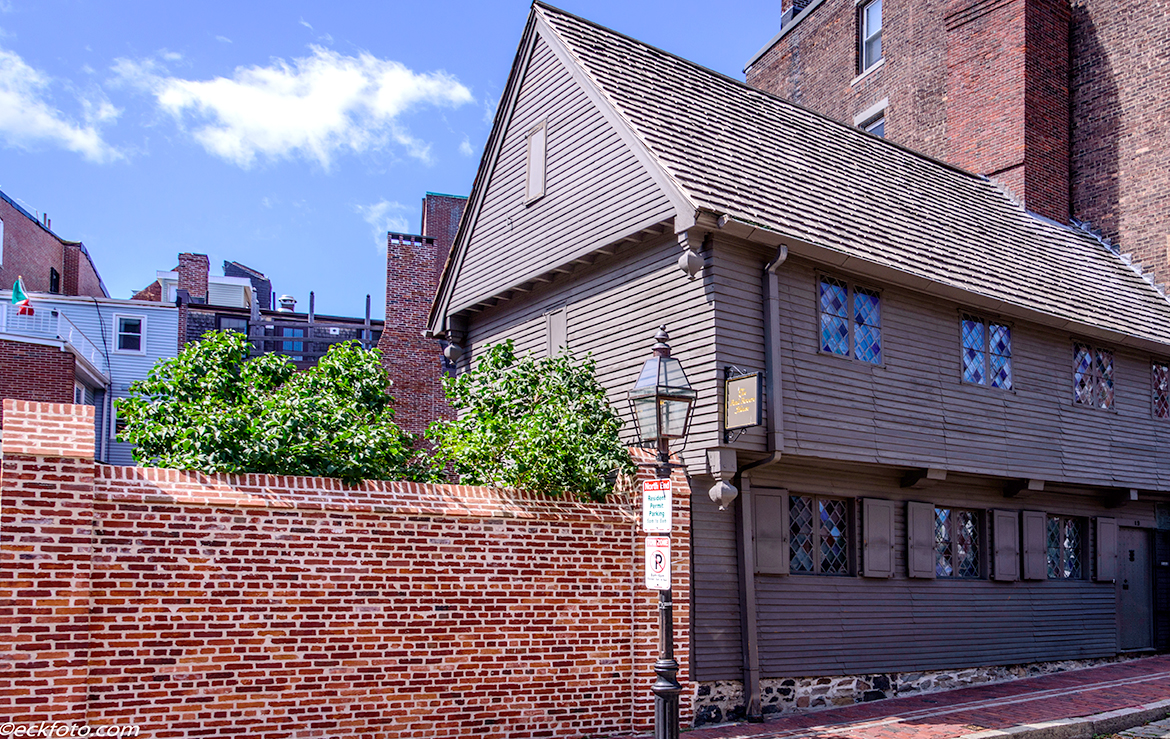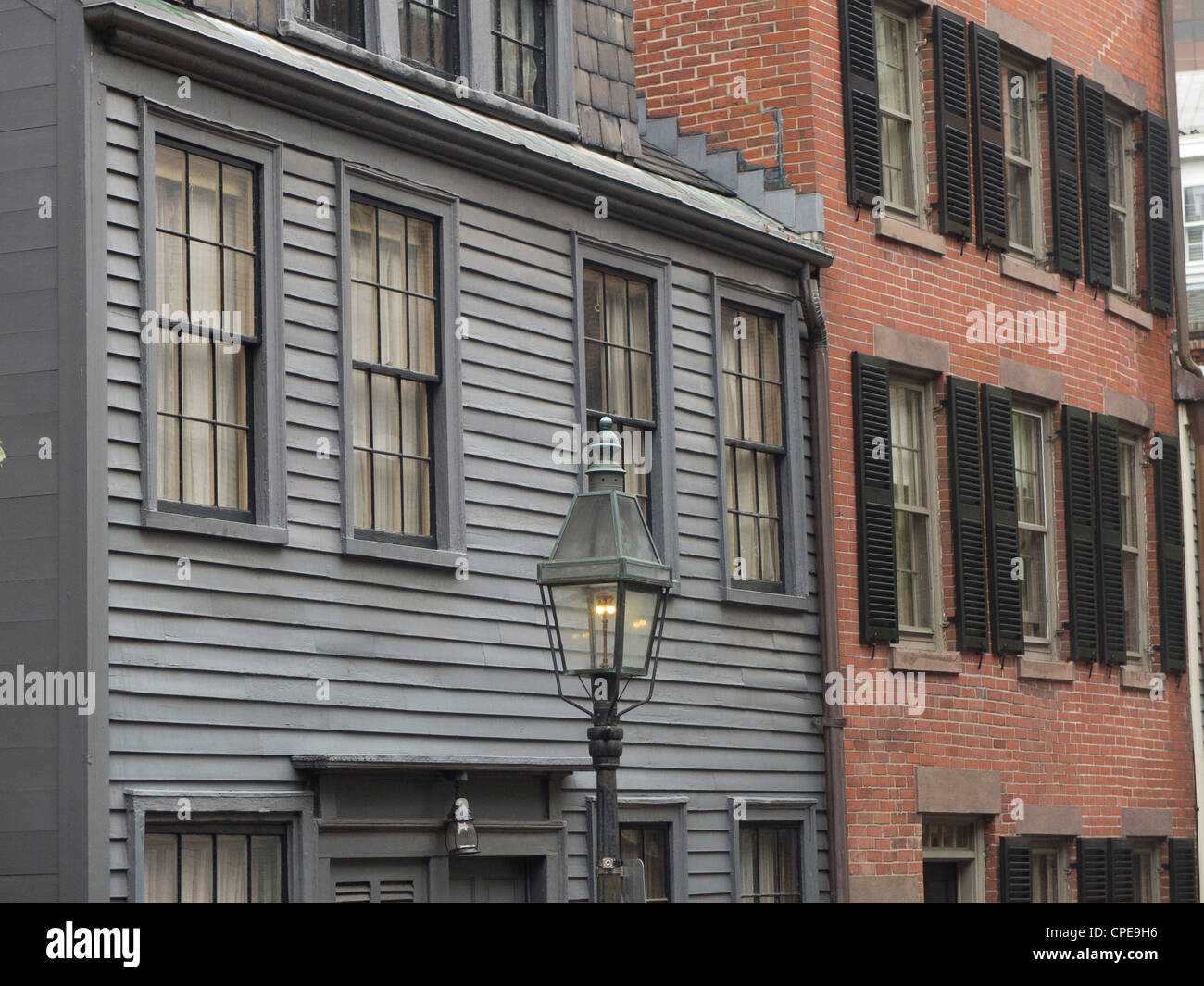Los Angeles designates the home of Paul Revere Williams a Historic-Cultural Monument
Table Of Content

Included among them are eyeglasses, several pieces of furniture and a handsome, brass-headed walking stick. It became a boarding house, saloon, bank, vegetable stand and cigar rolling operation over its long life. In 1901, a fire in the basement threatened the house, and it was in danger of being torn down in 1907 when it was rescued. The land around the North End was filled and it was no longer near the water. As waves of Irish, Jewish and Italian residents moved into the North End, the house adapted. Sons of Liberty John Hancock and Samuel Adams were staying in Lexington.
Public Tours
During a declared local or national health crisis, we follow all applicable CDC and local guidance related to social distancing, building capacity restriction, masking, and cleaning when required. This may include requiring or encouraging the use of masks particularly since our spaces are small and may be crowded; adhering to capacity restrictions that may increase wait times, and providing hand sanitizer stations. Williams not only became an architect, but a strikingly prolific one at that. After opening his own firm in 1922, he went on to create more than 3,000 designs over the course of a career that lasted a little over half a century.
Foster + Partners unveils $1 billion plan for Television City in Los Angeles
The back bedroom was undoubtedly a crowded room, though fortunately not all 16 ever tried to occupy the house simultaneously. To make the most of available floor space, the house contains a bed that is something like a murphy bed. The mattress section of the bed is hinged so it can be pulled upright to make more floor space. The property houses a number of artifacts that were possessions of Revere himself.
L.A. Storyhood
No trip to Boston would be complete without visiting the home of the famous patriot, craftsman, businessman and entrepreneur Paul Revere. In the new education and visitor center, enjoy displays of silver and evocative artifacts related to Revere’s many business ventures, and learn the real story of his midnight ride presented in his own words. View the Paul Revere House event schedule and plan a trip to experience special living history programs in the site's courtyard and period gardens. After Revere sold the house, it became a tenement with its ground floor remodeled for use as shops, including at various times a candy store, cigar factory, bank and vegetable and fruit business. In 1902, Revere's great-grandson, John P. Reynolds Jr. purchased the building to prevent demolition, and restoration took place under the guidance of architect and historic preservationist Joseph Everett Chandler.
Paul Revere House: Step Back in Time at The Revere's Family Home
After this, the ethnic make-up of the North End shifted to Eastern European Jewish and Italian immigrants. The house functioned as a tenement building and housed various shops on the first floor in the last part of the 1800s and early 1900s. In 1902, the house was acquired by a Revere descendant and, in 1907, the Paul Revere Memorial Association was formed. The house was restored to its 17th-century exterior appearance and opened as a museum in 1908. As this trend of property owners moving out of the neighborhood continued, the character of the area changed. It became more run-down and was home to boarders and renters who came and went frequently.


But he did stop at numerous houses on the way to Lexington, and patriot soldiers sprang to life. After narrowly avoiding capture just outside of Charlestown, Revere changed his planned route and rode through Medford, where he alarmed Isaac Hall, the captain of the local militia, informing him of the British movements. Revere then stopped by his own house to pick up his boots and overcoat, and proceeded the short distance to Boston’s North End waterfront. Slipping past the British warship HMS Somerset in the darkness, Revere landed safely.
The second series of excavations took place in the basement of 5-6 Lathrop Place, which used to be the backyard of the Revere family. These were conducted in response to a plan to rehabilitate the building for use as a visitor center. Phase I occurred in 2010 and located intact 18th-century deposits, prompting a second phase of investigation. They found that the construction of Lathrop Place capped deposits ranging in date from the 17th through 19th centuries. According to Warren, these troops planned to arrest Samuel Adams and John Hancock, two leaders of the Sons of Liberty, who were staying at a house in Lexington.
New Paul Revere House Education & Visitor Center Opens [Photo Gallery] – NorthEndWaterfront.com - NorthEndWaterfront.com
New Paul Revere House Education & Visitor Center Opens [Photo Gallery] – NorthEndWaterfront.com.
Posted: Sun, 04 Dec 2016 08:00:00 GMT [source]
The park also works and cooperates with many different partner organizations which comprise the Freedom Trail. He initially lived there with his first wife Sarah, five of their children and his mother. At 90 years old, the house was no longer a luxury property, and Revere made additions and improvements, over the time he owned it, including adding a kitchen.
Political rallies, debates, concerts, and natruralization ceremonies are just some of the events which regularly take place here. Before he died, Barron Hilton pledged 97 percent of his considerable wealth—estimated at $4.5 billion—to the Hilton family foundation and earmarked it for humanitarian work. Perhaps the most impressive of the home’s 32 rooms is also one of its smallest. The 200-square-foot, dark-wood-paneled study with its hexagonal window acted as the home office for two great business titans, CBS’s Jay Paley and Barron Hilton. “Every time I drive up to the house, it takes me right back to my childhood, the memories of Thanksgiving dinners and Christmas parties,” says 31-year-old Barron N. Hilton, whose sister is socialite Paris Hilton. Part of the home’s considerable appeal is that it was designed in 1936 by Paul Revere Williams, a pioneering Black architect who designed homes for Hollywood elite such as Frank Sinatra, Barbara Stanwyck, Lucille Ball and Tyrone Power.
Neighborhood of his own choosing, the semi-gated Mid City neighborhood of LaFayette Square. That International-style residence at 1690 South Victoria Avenue, where Williams lived until his death in 1980, was designated as the city’s 170th HCM in 1976. However, the home of Williams himself, where he lived alongside his wife Della Mae Givens and a growing family beginning in 1921, was far humbler than the residences that helped catapult the L.A. This 43 acre historical park encompasses portions of Downtown Boston, Charlestown, and South Boston. In addition to managing its properties that are a part of the park, the Park operates two visitor centers at Faneuil Hall and in the Charlestown Navy Yard.
And, with that, the first home owned by a pioneering Black architect who helped to shaped L.A.’s modern cityscape was designated as a Historic-Cultural Monument. Those covenants did not exist in Jefferson Park, and, as a result, a sizable Black community thrived there. The Bunker Hill Monument is a major commemorative obelisk, memorializing a key battle during the outset of the Revolutionary War.
More than a midnight ride - The Providence Journal
More than a midnight ride.
Posted: Thu, 22 Dec 2016 08:00:00 GMT [source]
The simple Craftsman style house at 1271 West 35th Street helps tell the important story of architect Paul Revere Williams and should be preserved so that we tell his full story and understand the challenges he overcame. Two years later, the house was purchased by preservation-minded owners who plan to fully rehabilitate the residence and honor the Williams family legacy. Through the Conservancy’s direct advocacy, the house is now a designated Historic-Cultural Monument (HCM), which acknowledges Williams’ time here and offers protection.
A parsonage that was home to the Mather family stood on the site of the Paul Revere House until it was destroyed by the great fire of 1676. A new house was built to replace it in 1680 for Robert Howard, a wealthy merchant who located there most likely to be near the waterfront wharves. Is to inspire a deeper appreciation for the relevance of American history by sharing the life, legacy, craftsmanship, and iconic home of artisan, businessman, patriot, and citizen Paul Revere. On the night of April 18, 1775, silversmith Paul Revere left his small wooden home in Boston’s North End and set out on a journey that ultimately made him a legend. Today that home is still standing at 19 North Square and has become a national historic landmark. It is downtown Boston’s oldest building and one of the few remaining 17th-century dwellings in a large urban area in the United States.
The period furnishings in the upstairs chambers belonged to the Revere family. In the courtyard is a 900-pound bell crafted by Paul Revere & Sons. The Paul Revere House is fully accessible for individuals who use wheelchairs or are mobility impaired. The house is accessible on the first floor via the courtyard ramps. The second floor is accessed by taking the elevator in the visitor center and then connecting to the house via the walkway.
Paul Revere purchased the home in 1770, moving his family here from their Clark’s Wharf residence. The former merchant’s dwelling proved ideal for Revere’s growing family, which in 1770 included his wife Sarah, five children, and his mother Deborah. On the evening of April 18, 1775, Dr. Joseph Warren summoned Paul Revere, then employed by the Boston Committee of Correspondence and the Massachusetts Committee of Safety as an express rider carrying news, messages, and documents. The task—to ride to Lexington, Mass., to alert Samuel Adams and John Hancock that British troops were marching to arrest them—immortalized the talented silversmith and his midnight ride.
Comments
Post a Comment